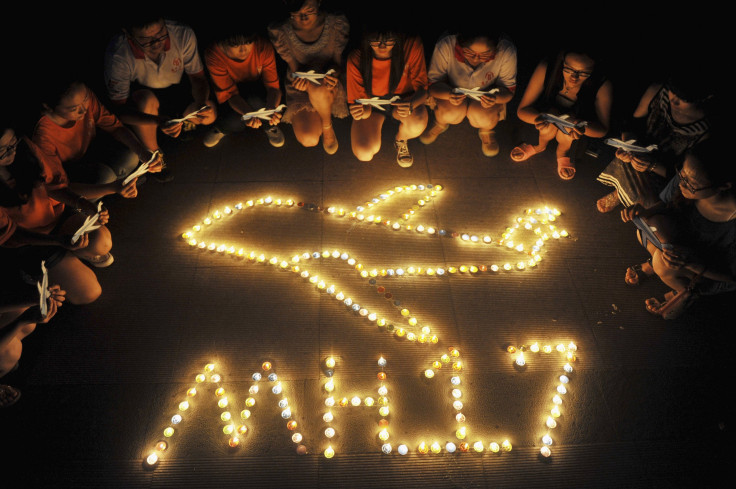MH17 Plane Crash Update: Russian Aviation Regulator Says Final Dutch Report ‘Unsubstantiated And Inaccurate’

Some conclusions of the Dutch Safety Board’s final report on the Malaysia Airlines Flight MH17 were “unsubstantiated and inaccurate,” Russia's civil aviation regulator, Rosaviatsia, said Thursday. The Dutch report, released in October 2015, stated that a surface-to-air missile exploded near the passenger plane's left side.
Oleg Storchevoy, deputy head of Rosaviatsia, wrote a letter to the Dutch Safety Board Chairman Tjibbe Joustra saying that the investigation does not look into some key facts of the incident. Flight MH17 crashed in the volatile Donetsk region in eastern Ukraine on July 17, 2014, killing all 298 people on board.
According to the Dutch report, the Boeing 777 was brought down by a Russian-made BUK surface-to-air missile with a 9N314M warhead. But, the report did not conclude which side was responsible for firing the missile — the Ukrainian government forces or the rebels, Russia's aviation regulator said.
Storchevoy, in his letter, said that the Dutch report “unfairly obscures the issue of liability” for ensuring flight safety over the war zone in eastern Ukraine's Donbass region, “shifting the blame from Ukraine to airlines and international aviation organizations, e.g. the ICAO [International Civil Aviation Organization],” RT.com reported.
Furthermore, the Russian aviation regulator said that the board did not explain Ukraine’s failure to shut the airspace over the conflict zone. “The conclusion made in the report ... that Ukraine, having sovereign control of its airspace, was responsible for ensuring the safety of flights ... appears to be incomplete and does not reflect the objective fact that Ukraine ignored safety risks for civil aircraft after unleashing hostilities in the east of the country,” Storchevoy wrote, according to Sputnik News.
The Dutch report did not provide any facts showing “the presence or the use of BUK surface-to-air missiles in the region,” Storchevoy said, according to RT.com. “Even assuming the aircraft was brought down by a BUK surface-to-air missile, the description of fragments provided in the report does not match the strike elements used in the 9N314M warhead,” Storchevoy added.
Storchevoy reportedly said in October that the Dutch-led investigation team did not allow Russia access to the BUK missile fragments found at the MH17 crash site or disclose their serial numbers.
© Copyright IBTimes 2024. All rights reserved.






















